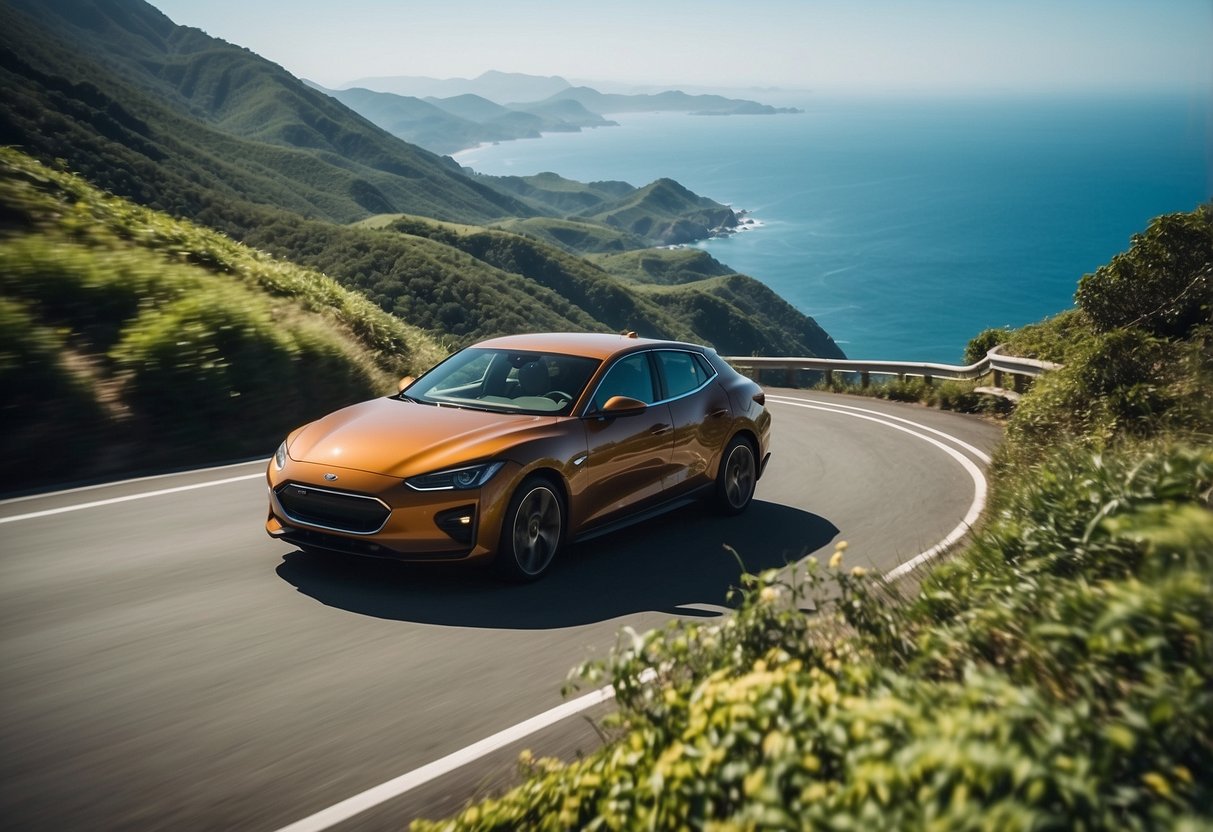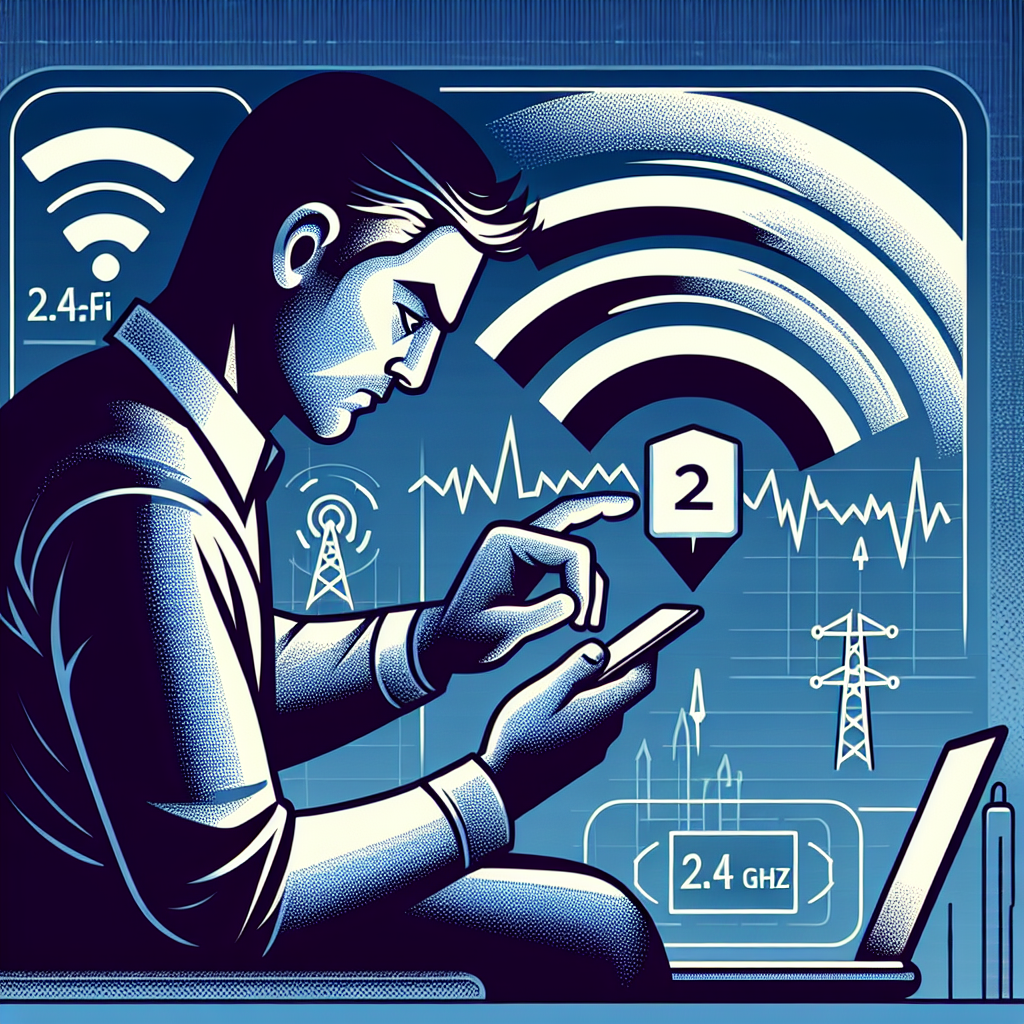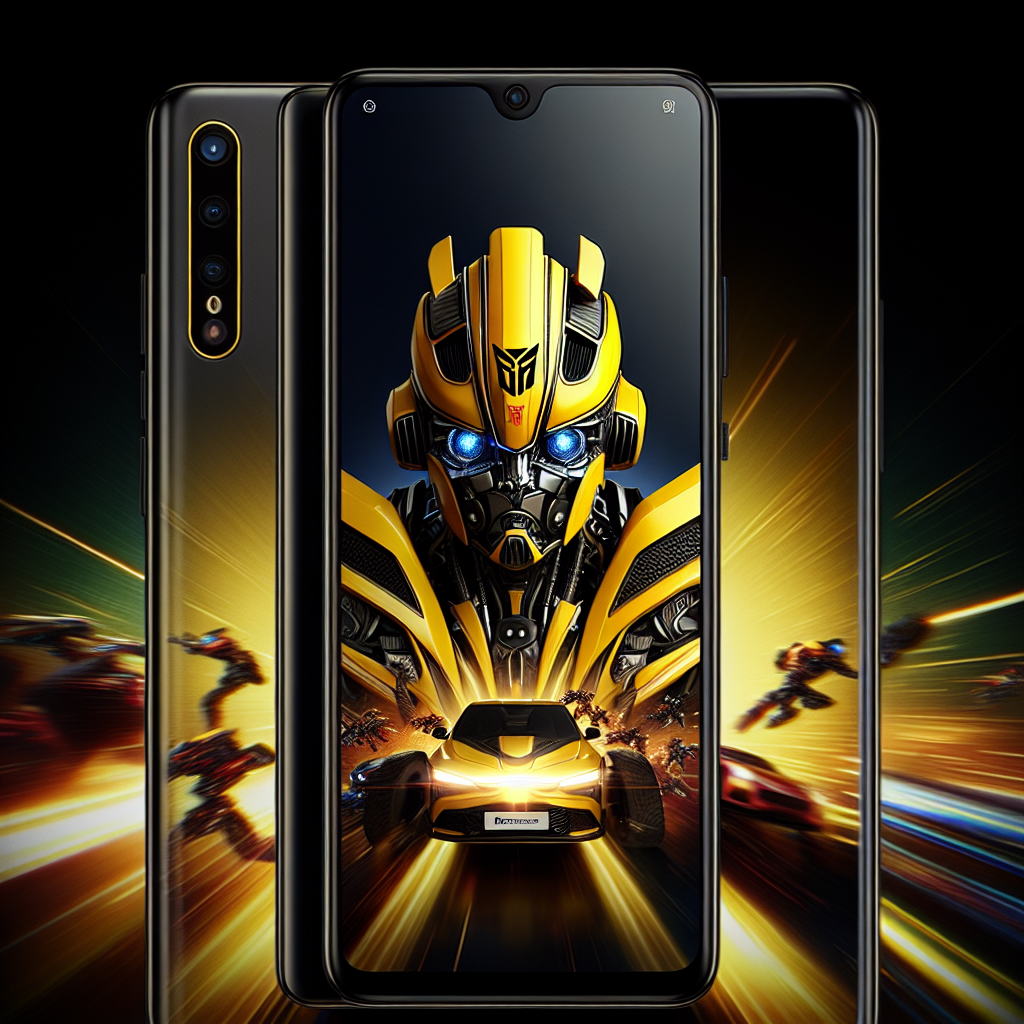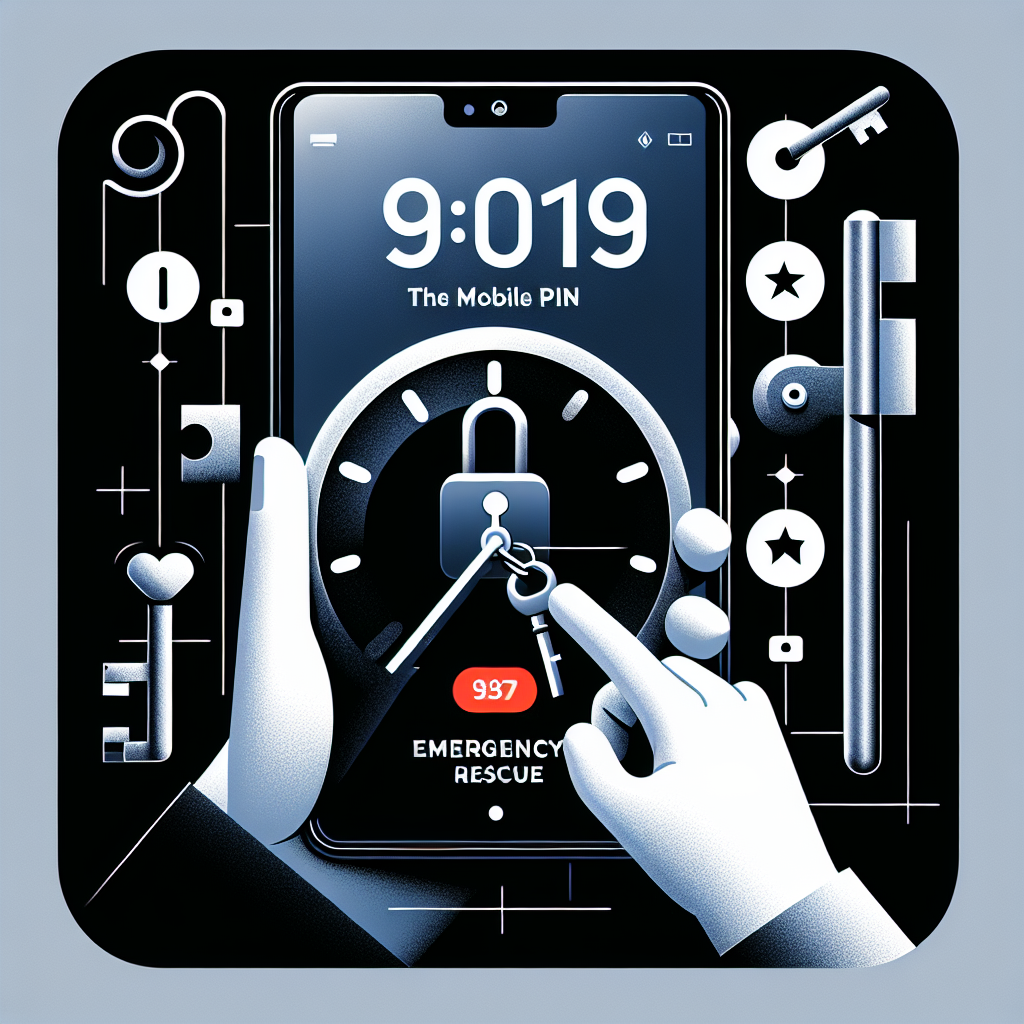Fast Charging Electric Vehicles: Myths and Facts You Need to Know
In the world of electric vehicles (EVs), fast charging technology is often surrounded by misconceptions and unverified claims. This article dives into the myths and facts of fast charging electric vehicles, helping you make informed decisions about your EV journey.

Understanding Fast Charging Electric Vehicles: Myths vs Facts
Fast charging technology has revolutionized the electric vehicle (EV) landscape, promising rapid energy replenishment for drivers on the go. However, this innovation has also bred numerous myths that can cloud judgment. Below, we dissect these common myths and deliver the facts backed by reliable evidence.
Myth 1: Fast Charging Damages the Battery
One of the prevalent myths is that fast charging can severely damage an electric vehicle's battery over time. While it's true that increasing the rate of charge can generate heat, modern EVs are equipped with sophisticated battery management systems (BMS) designed to mitigate this issue.
Fact: Most manufacturers allow fast charging without compromising battery health, provided that drivers follow the recommended charging practices. Research indicates that well-designed BMS can protect against overheating and manage the charge cycles effectively.
Myth 2: All Fast Chargers Provide the Same Speed
Another misconception is that all fast chargers deliver the same charging speed. The reality is quite different, as charging speeds can vary significantly between different stations and types of chargers.
Fact: Fast chargers come in various levels—Level 2, DC Fast Charging, and Ultra-Fast Charging. While Level 2 chargers can provide speeds of 10-30 miles of range per hour, DC fast chargers can offer up to 200 miles in merely 30 minutes, and some ultra-fast charging stations can go even higher.
Myth 3: Fast Charging is Always Available and Convenient
Many users assume that fast charging stations are as ubiquitous as regular gas stations. Although the number of fast chargers is growing, they are not yet available everywhere.
Fact: While charging infrastructure is expanding, availability varies by region. Urban areas tend to have more fast chargers, while rural areas may lag behind. EV drivers should plan their routes and use apps to locate fast charging stations along their journeys.
Myth 4: Fast Charging is Only for Long-Distance Travel
A common narrative suggests that fast charging is primarily for long-distance trips. Many believe daily charging can be done using normal chargers without any need for fast charging.
Fact: Fast charging can also be beneficial to daily drivers. In situations where time is of the essence—such as during lunch breaks or short stops—fast charging offers a quick top-up. This vital feature helps those who have a busy lifestyle but still want the conveniences of an EV.
Myth 5: Using Fast Chargers Will Always Cost More
Many EV owners fear that fast charging comes at a premium price, believing they will incur higher costs compared to home charging.
Fact: Pricing models for fast charging vary widely depending on the provider. While some may charge more per kWh compared to at-home electricity rates, others employ competitive pricing strategies or even membership discounts, making fast charging more cost-effective in certain scenarios. It’s essential to familiarize oneself with the pricing of different networks.
Myth 6: Fast Charging Reduces Overall Range
There's a belief among some that frequent fast charging negatively impacts the overall range of their EV. This arises from the notion that electric vehicles may require more energy after being fast-charged due to battery wear.
Fact: Routine fast charging, when done appropriately, does not impede an electric vehicle's range. Battery management technology optimally calms the energy flow, ensuring sustainable performance and range even after multiple fast charge sessions.
Myth 7: You Can’t Use Fast Chargers with All Electric Vehicles
Many potential buyers worry that their chosen EV may not be compatible with all fast charging stations.
Fact: While it's true that different vehicles may require different connectors, most manufacturers adopt standards that allow compatibility across various charging networks. Always check your vehicle’s specifications, and you can generally use any fast charging station in your vicinity.
Conclusion
Understanding the myths and facts surrounding fast charging electric vehicles is crucial for new and existing EV drivers. By dismissing misconceptions, you can optimize your charging experience and navigate the world of electric vehicles with confidence. Myths are often bound to technology’s rapid evolution, and by staying informed, you ensure you harness the full potential of your charging capabilities. Embrace the future of transportation.
New posts

How Cities Are Adapting to Electric Vehicle Charging: Innovations and Strategies
Sustainability

Emerging Trends in Electric Vehicle Charging Standards: What to Watch for in 2024
Sustainability

The Future is Bright: EV Charging and Home Solar Panel Integration Explained
Home Improvement







Popular posts

How to Reset Your EV Charger: A Comprehensive Guide
Home Improvement
DIY Guide to Installing a Wallbox: A Step-by-Step Approach
DIY

Exploring the Latest EV Charging Station Design Trends
Technology Trends

Future Trends in Public EV Charging: What to Expect in the Coming Years
Sustainability

Insights from the Frontline: Interviews with EV Charging Industry Experts
Interviews

Understanding the Difference Between AC and DC Chargers: Key Insights
Energy Efficiency

EV Charger Firmware Updates: What You Need to Know
Firmware-Updates

The Future of EV Charging Stations and Smart Grid Integration: Transforming Energy Management
Sustainability

Breakthroughs in Wireless EV Charging: The Future of Electric Mobility
Innovation

EV Charging Myths vs Facts: Debunking Common Misconceptions
Sustainability